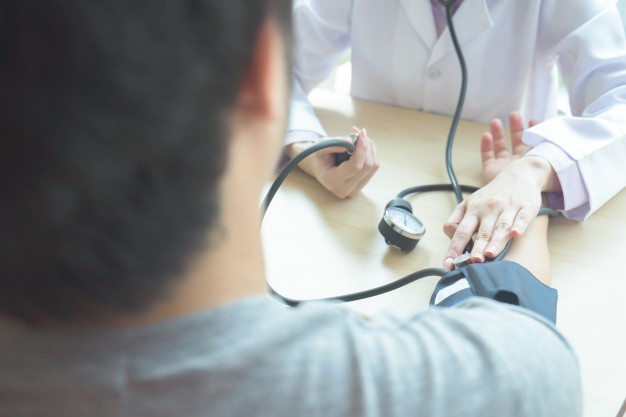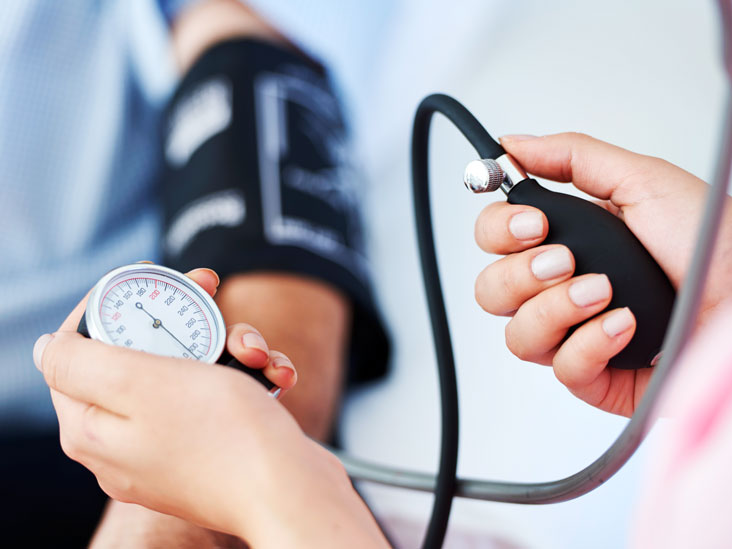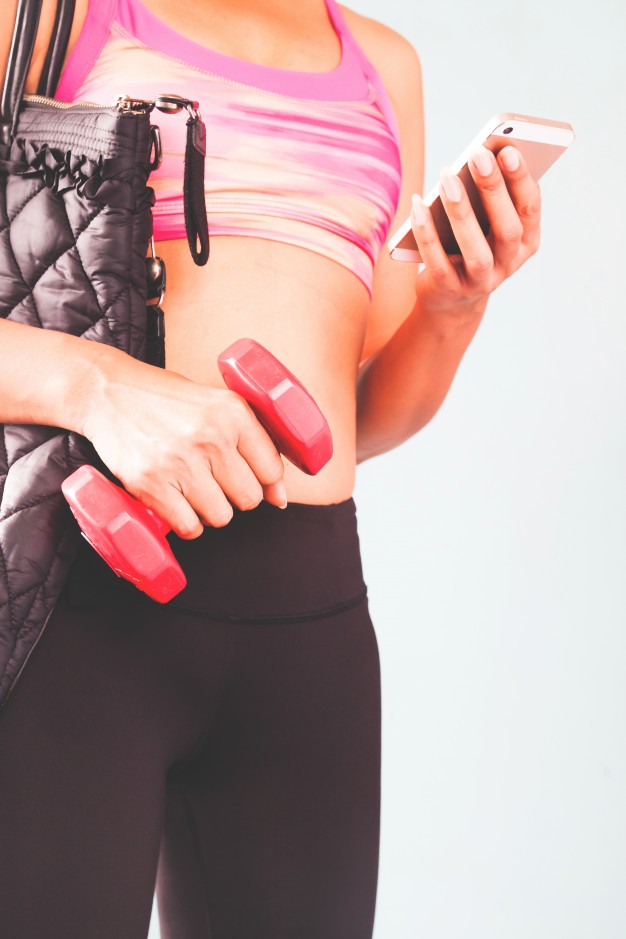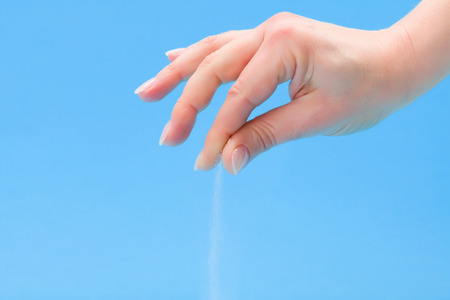Ah, blood pressure, and those tiny pills that you take from those tiny boxes to battle a not-so-tiny problem. Of all the diseases that nutrition can help with, high BP is the one of the most responsive. Do it right and you can significantly reduce, delay or completely eliminate the need for medication.
The most obvious and significant way to do this would be to lose weight. There is a strong correlation between a decrease in weight and a decrease in blood pressure. While healthy weight loss and its methodologies have been consistently outlined in these pages, why not…
EAT A HEALTHY HYPERTENSIVE HEALING DIET
A diet high in whole grains, fruits, veggies, and low in saturated fats and cholesterol, has been known to lower your BP by up to 14 mm Hg. This particular combination known as the DASH (Dietary Approaches to Stop Hypertension) diet is geared towards managing the condition and reducing weight, thereby killing two hypertensive birds with one stone. While you are including more of the above in your diet, don’t forget to…
BOOST POTASSIUM
Potassium works to lower the impact of sodium on blood pressure. Fruits (plums, musk melons, banana) and veggies (spinach, avocado, mushroom) are great sources of this mineral, and are better than supplements as an overdose of potassium from natural sources is rare. You also have to remember to…
REDUCE SODIUM
Even a minimal reduction in sodium duction in sodium can lower your BP by 2-8 mm Hg. While the maximum grammage of sodium will be indicated by your doctor, it still lurks in shadowy corners of the foods we sometimes eat, especially in processed foods. Only small amounts of sodium are found in natural foods. Processed foods are sometimes loaded with it. It’s best to avoid processed foods as much as possible if you are a BP patient. While you are at it…
READ YOUR FOOD LABELS
Monitor sodium intake, saturated fats and cholesterol, among other things. Read the fine print; it could be crucial to your health.
LIMIT THE ALCOHOL
If you limit your alcohol intake, you’ll reduce your BP by 2-4 mm Hg. But this phenomenon could be altogether reversed if you drink too much: by that I mean no more than 350 ml of beer, about 145 ml of wine or about 30 ml of 80 proof liquor per day. And since we are on the subject of alcohol, please…
QUIT SMOKING
There’s absolutely nothing to benefit from here. Even one cigarette can increase your BP for minutes after you have finished. And if you are a coffee-and-cigarette lover, you’ll also have to…
WATCH YOUR CAFFEINE
While the effect of caffeine on BP is questionable, there’s still a link. The best way would be to check your BP within 30 minutes of drinking caffeine. If your BP has increased by 5-10 mm Hg, you may be sensitive to caffeine.
Lastly, while it’s not strictly nutritional advice…
DON’T FORGET TO EXERCISE
Working out for about 30 minutes every day can bring down your BP by an additional 4-9 mm Hg. Cardiovascular exercises work best walking, jogging, cycling, dancing or swimming.





